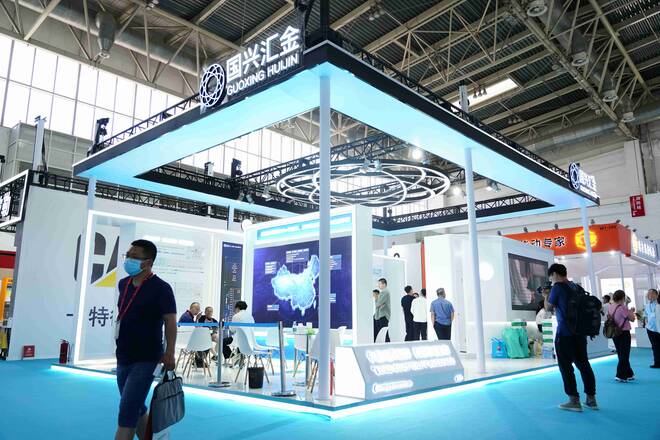
This operating well is a high-production gas self-flowing well in an offshore field. The well is completed with a perforated liner, with a final drilled depth of 2910 meters. The target layer has a vertical span of 100 meters, with significant gas layer thickness. The development strata are predominantly granite with a high degree of weathering.
The well was put into production with a multi-layer commingled production method, but no appropriate operating conditions were established. The production potential of the smaller layers was not fully utilized, and initial production did not meet expectations.
Our company used a steel wire deployment method to place the optical cable and downhole tools in the target layer. We recorded the wellbore distributed fiber optic sensing data under different operating conditions. Based on this, we conducted the interpretation of the distributed fiber optic data and accurately characterized the gas production profile distribution under different flow rates. The toe section of the well contributed a relatively large portion of the production capacity, accounting for 40%. As the test flow rate increased, the production from different layers showed an upward trend. The daily gas production from the smaller layers increased from 0.2mmscf/d to 1.0mmscf/d cubic meters per day. Under low flow (200,000 cubic meters), some smaller layers were not utilized, but under high flow (600,000 cubic meters), these layers were activated
Based on the distributed fiber optic interpretation results from the multi-flow rate tests, the gas layers in the open hole completion with large-span sections were clearly identified. The gas production characteristics of different layers were defined, and under high flow rates, the recovery of smaller layer reserves reached 85%. Layers with better physical properties and gas content contributed more to production under larger pressure differentials. This provides guidance for further optimizing the operating conditions of the well.

